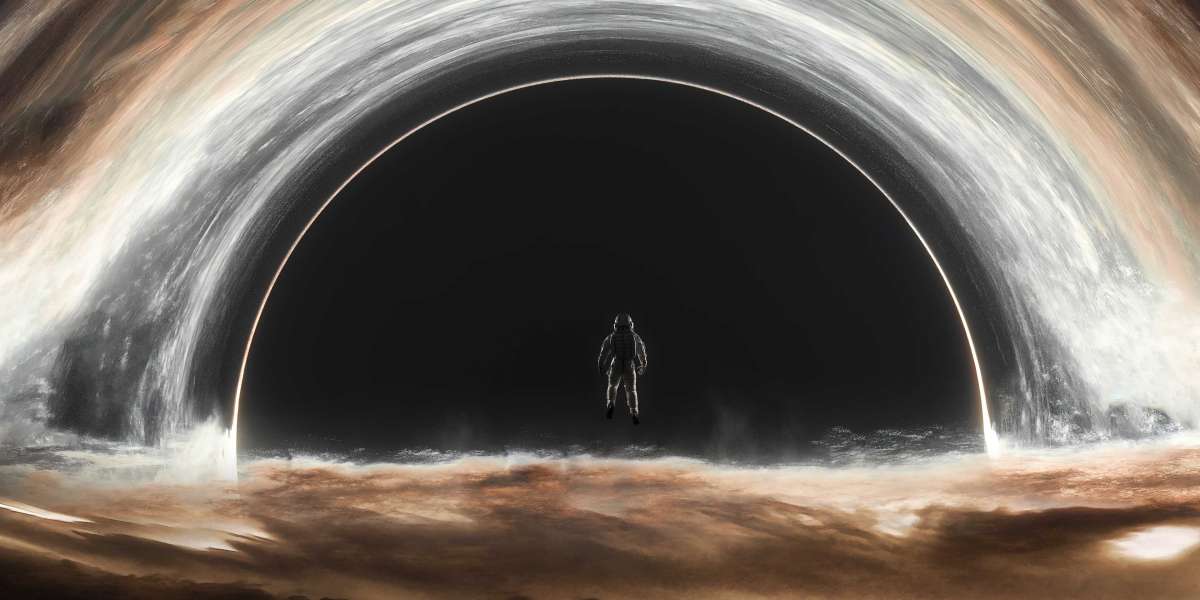Introduction:
In the chilling depths of the Cold War, the year 1960 marked a significant turning point in global history. As the tensions between the United States and the Soviet Union escalated, the world held its breath when the Cuban Missile Crisis unfolded. It was an event that brought the entire world to the brink of nuclear war, testing the limits of diplomacy and raising fears of complete annihilation.
Description of the Event:
The Cuban Missile Crisis began in October 1960 when the United States received intelligence indicating the placement of Soviet nuclear missiles in Cuba, just 90 miles off the coast of Florida. President John F. Kennedy was faced with an unprecedented challenge - the presence of these missiles in close proximity to the nation potentially placed millions of American lives at immediate risk.
With the stakes incredibly high, President Kennedy and his top advisors formed the Executive Committee of the National Security Council, commonly known as ExComm. This group tirelessly worked to develop a response strategy, carefully weighing diplomatic negotiations against military options. A naval quarantine was established around Cuba to prevent any further missile deliveries, risking an armed confrontation with Soviet ships attempting to break through.
As the world watched anxiously, tensions escalated. In a historic televised speech, President Kennedy revealed the presence of the missiles and demanded their immediate removal, declaring that any nuclear attack from Cuba on the United States would be met with a full-scale retaliation against the Soviet Union. The world held its breath, awaiting the response from the Soviet Premier, Nikita Khrushchev.
Days passed, and the crisis reached its zenith when an American U-2 spy plane was shot down over Cuba, further raising the stakes. Fearing a potential nuclear conflict, back-channel negotiations between Kennedy and Khrushchev were initiated, giving hope for a peaceful resolution.
Finally, on October 28th, a breakthrough was achieved. Khrushchev agreed to dismantle the missile sites in Cuba in exchange for a public promise from the United States not to invade the island, and a secret agreement to remove American missiles from Turkey. The world breathed a collective sigh of relief as the confrontation de-escalated, averting what had seemed like imminent nuclear war.
Conclusion:
The Cuban Missile Crisis of 1960 stands as a testament to the perils of the Cold War era. It was a moment when international diplomacy, rational decision-making, and the survival of humanity were on a razor-thin edge. The crisis had a profound impact on global politics, prompting both the United States and the Soviet Union to pursue arms control measures to prevent a similar crisis in the future. The world would never forget the chilling power of nuclear weapons and the delicate balance that held the world together.



